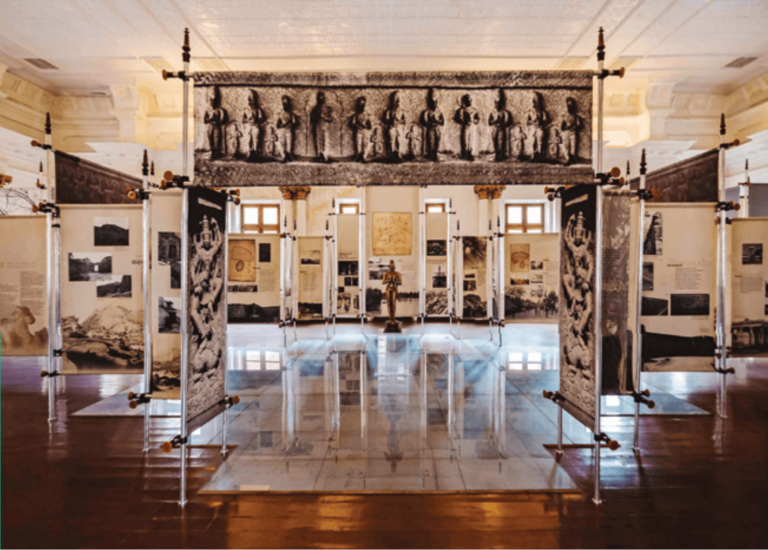While Bengaluru is well known as the garden city for its beautiful landscaped gardens, it also has a good number of museums and galleries. While some are more than a century old, few have been opened to the public recently and rest are private. The little known museums are full of character like the vibrant city itself. Some of the museums are dedicated to history, science and technology while some reflect the city’s past like those showcasing aircrafts and HMT watches. There is even a museum dedicated to brains.
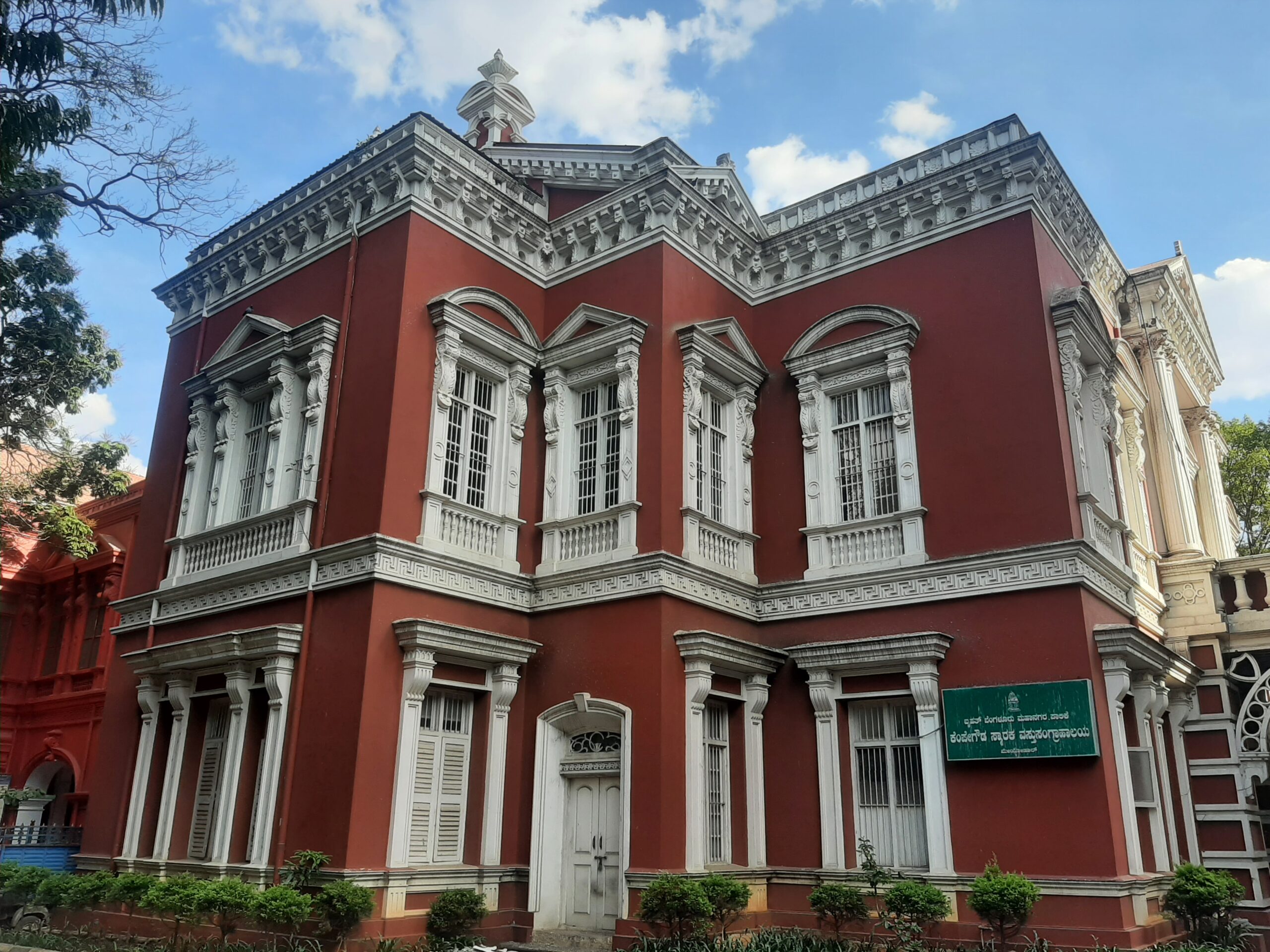
But tourists often visit only the Vishweshwaraiah Industrial and Technological Museum (VIT) famous for its science and technology displays and the Government Archaeological Museum of Bangalore. These are popular tourist spots and are listed out in the tourist guide books. But there are plenty of other museums to see in the city for history and culture enthusiasts.
This article covers some of the lesser known but interesting museums in the city.
A brief history of the city
Kempegowda I was the founder of modern Bengaluru. In the 16th century he built a mud fort and invited traders to settle in the city. A moat was built around the fort that acted as a defense from enemies. He also built four watchtowers in the city to mark the North, South, East and West boundaries of the city. Besides, he built new temples and renovated old ones.
Though the mud fort of 1537 does not exist in the city, the old city still exists and some of the yesteryear trade continues till date. Century old communities thrive in the city and each community has their own temples and rituals.
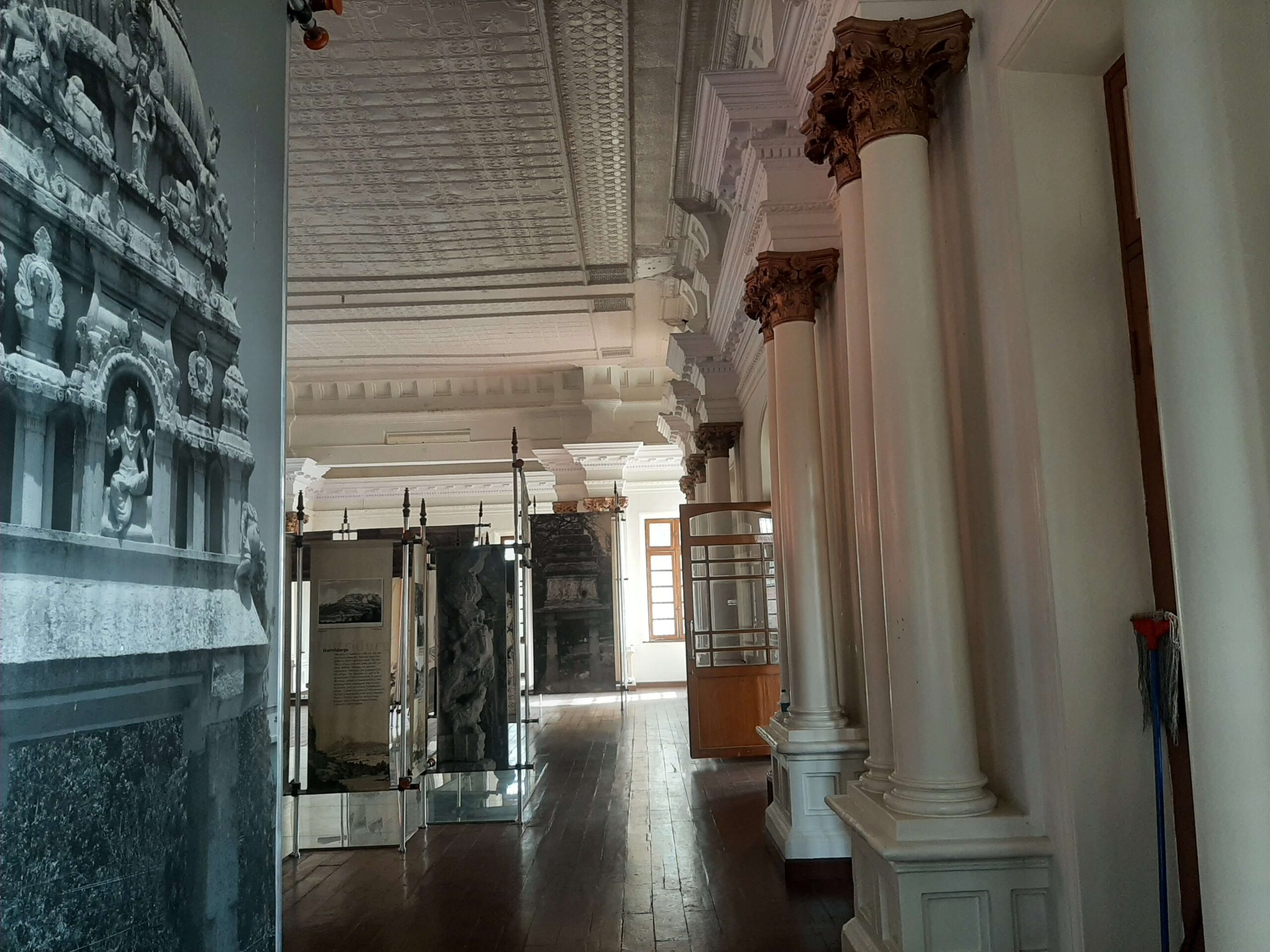
The Kempegowda chieftains ruled for 100 years after which they moved to Magadi. Kempegowda’s son, known as Kempegowda II was defeated by the Bahmani Sultans and had to shift his capital to Magadi. This dynasty continued to rule from Magadi and their rule ended when the last ruler Kempa Veerapagowda was imprisoned by the Mysore King Dodda Krishnaraja . He died in 1727 in the prison of Srirangapatna near Mysore.
Kempegowda Museum
The Kempegowda Museum was built as a tribute to Kempegowda I. It displays the achievements of the great ancestors of Kempegowda to his successors. The museum is located on the first floor of Mayo Hall on M. G. Road and was established in 2011. The Mayo Hall is a beautiful European building that is full of Tuscan columns, Corinthian pillars, wooden floors, pedimented windows, etc.
The museum was designed by Design Core . At the entrance of the museum is a large statue of Kempegowda. There are panels all around you and through charts, prints and pictures the details of the life and times of Kempegowda, his family and ancestors are documented. The chieftain and his family built a number of forts and watchtowers for defense surrounding Bangalore. They repaired temples and created water tanks in the city. These are very nicely documented in the museum. The museum also gives detailed information about the markets, gardens, temples and tanks they had created during their rule. The forts atop hills like Savandurga, Shivgange, Huliyurdurga etc., still exist and are good excursions from the city. The wooden floor of the museum also has an enlarged map of 19th century Bangalore.
The museum is open from 9 am – 5 pm and closed on Sundays.
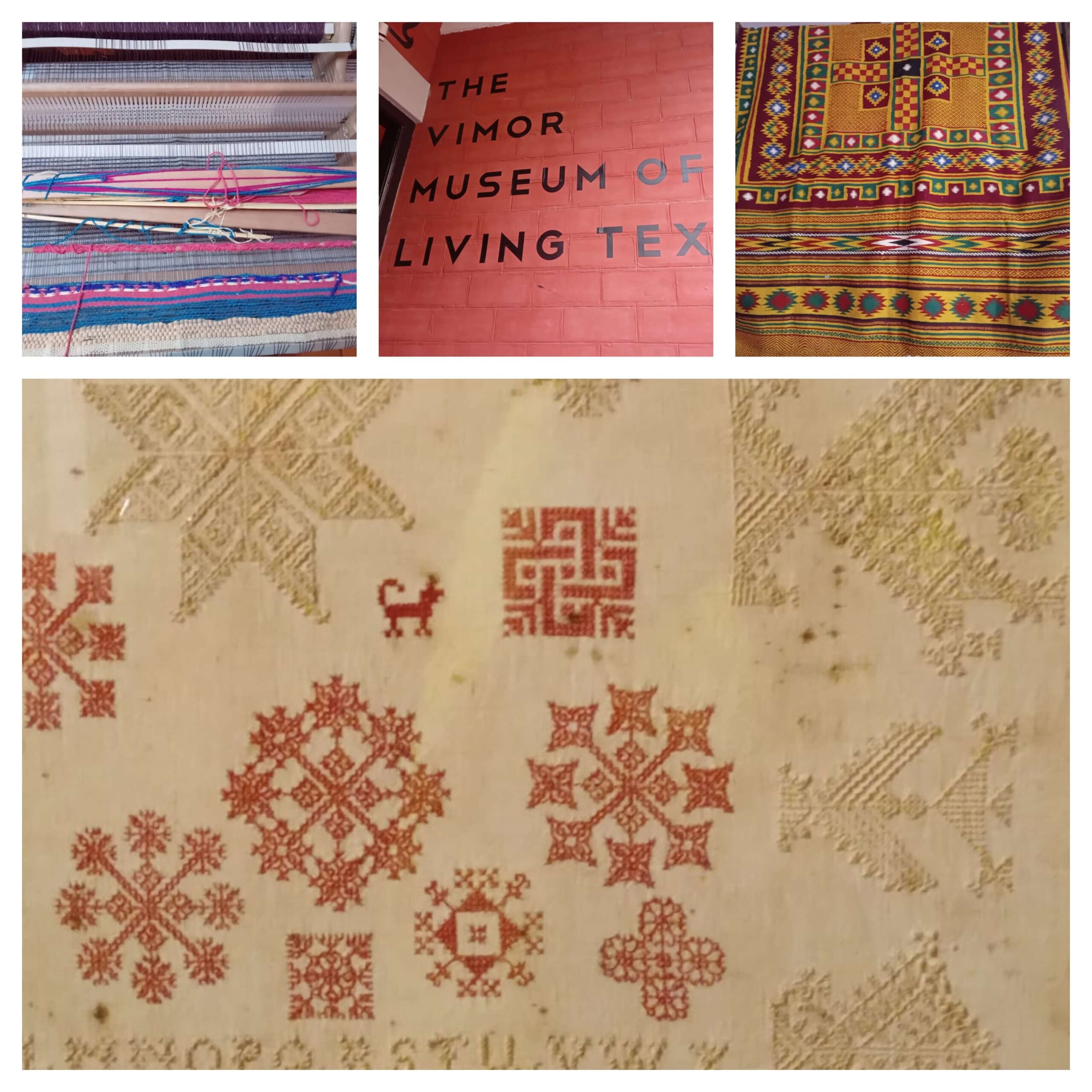
Vimor Museum
Did you know that one of the prosperous industries in 19th century Bangalore was the cotton mills? The American civil war had led to the destruction of cotton fields and so European mills started looking at sourcing cotton from elsewhere. North Karnataka was the hub for cotton growing fields and a large quantity of cotton was exported from here. Many small spinning mills came up in the state because of this. One such modern mill – a steam mill dated 1884 was set up in Bangalore.
Bangalore was also the hub of silk. During the 18th century it used to supply cloth for the royals. During the reign of Mysore Wodeyars and also Hyder Ali and Tipu Sultan, there was demand for silk and cotton garments. And Bangalore was a major centre for producing silk and cotton garments. Silk garments were churned out for the royals and also the nobles. In the old city there were numerous looms and weavers to testify this. Today due to lack of public space and also lack of demand for indigenous silk, weavers have been forced to move out of the city.
The Vimor Museum of Living Textiles was built in 1974 by Chimy Nanjappa and Pavithra Muddaya to showcase the story of silk, about weavers, ancient weaves, designs and heirlooms. There are temple sarees, wedding sarees, Bangalore weaves, Mysore silks and sarees that have even automobile patterns. The designs and motifs – be it the mango, peacock or the cars teach you about the heritage of yesteryears.
The Vimor Museum is also a place to train weavers in traditional textiles and add to their skill set in creating innovative designs fit for the market. Visitors can also try their hand at weaving and also drape a saree or lungi during their visit. The museum is located in Austin town.
There is an entry fee of Rs 250 and the museum is closed on Sundays.
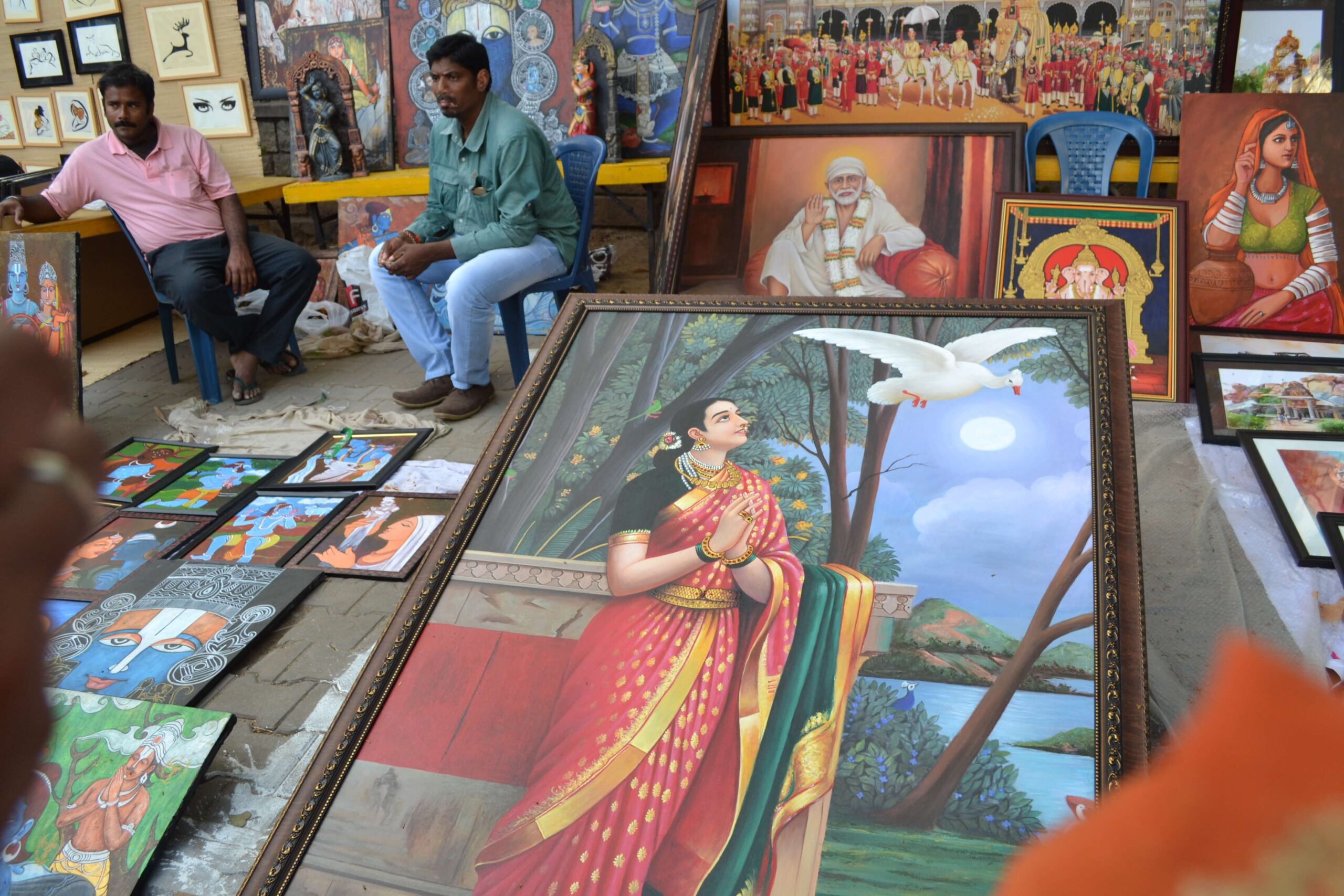
Karnataka Chitrakala Parishath
Bangalore is home to numerous art galleries. Some are modern art museums while some are traditional institutes having art colleges, museums and also space to host art workshops and exhibitions in its premises .Karnataka Chitrakala Parishath belongs to the latter category. It was established in 1960 by M Arya Murthy and Professor M.S Nanjunda Rao. It has a college of fine arts and undergraduate, post graduate and research programmes in Visual Arts; a permanent gallery to display its art collections and also ample space for art and exhibition events.
The permanent art gallery has 13 museums and holds an eclectic collection of paintings, sculpture and folk art by some well-known Indian artists. The gallery displays several paintings of Russian artists Nicholas Roerich and his son Svetoslav Roerich, who had settled in India. These are a mix of Himalayan paintings, scenes from Kulu Valley, mountainscapes, landscapes and also portraits.
There are a number of paintings donated by Dr. H.K Kejriwal, Founding Member and Vice President of Chitrakala Parishath. A renowned art philanthropist, he has donated a large part of his prestigious personal collection to the institution. The collection comprises folk paintings, Kalighat paintings, works of Rabindranath Tagore, etc. There are also traditional mural paintings of Srikanta Shastry Kukke and also displays of 19th century Mysore and Tanjore paintings. Various graphic prints by Dr Krishna Reddy also occupy the permanent gallery collection. Beautiful sculptures, leather and string puppets, leather dolls, and folk art paintings from various parts of the country are also on display.
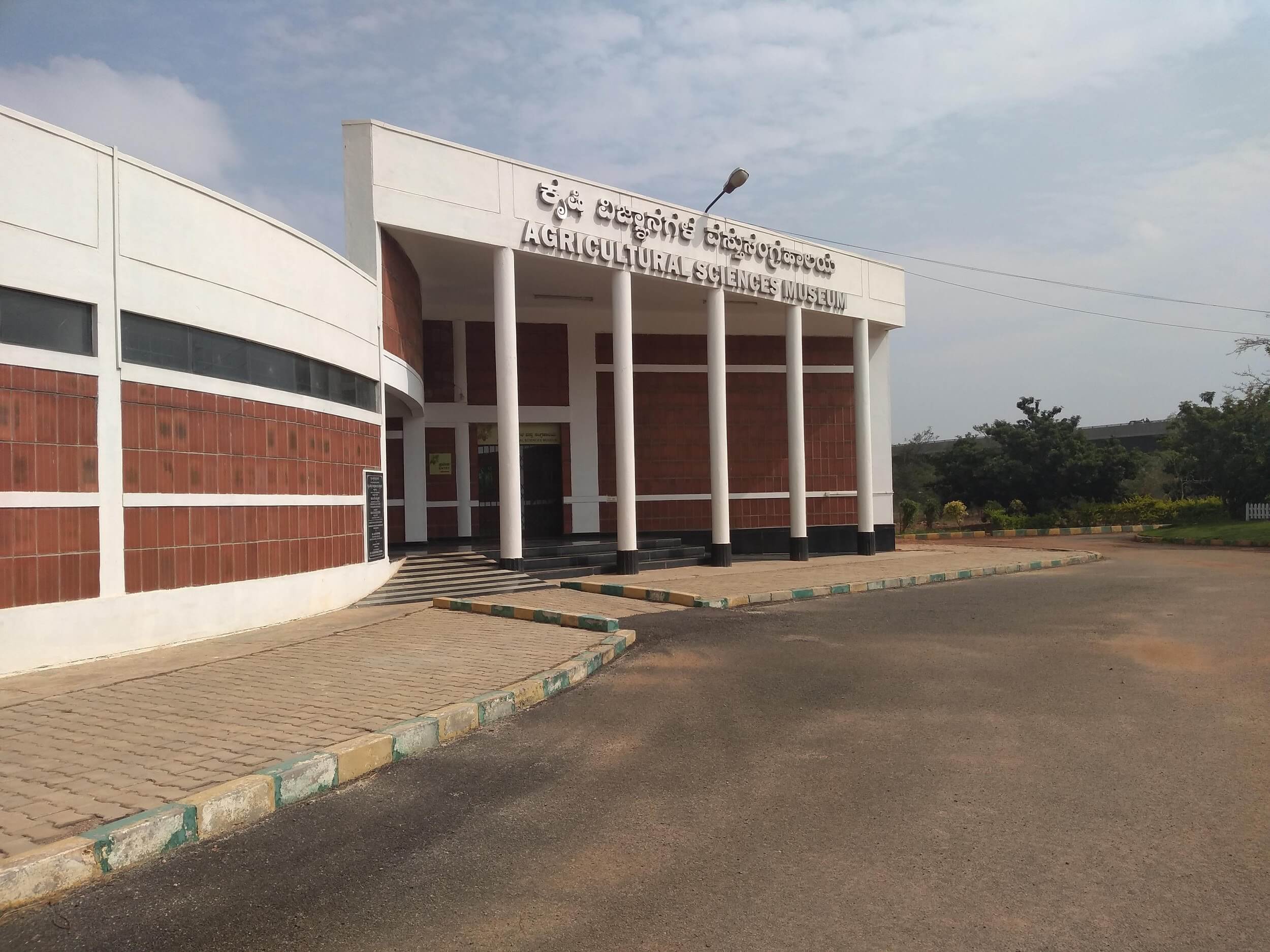
Every year in the month of January, the space around the Parishath is converted into art grounds where several artists, aspiring and professionals display their work. The event is called the annual Chitra santhe , a meeting ground for artists and art collectors.
The museum is open on all days. A nominal entry fee of Rs 50 is charged for viewing the permanent art collection.
Agricultural Science Museum
The University of Agricultural Sciences (UAS) in Bangalore started out as a research farm in 1899, and grew to be a full-fledged university in 1964. Subsequently, it had numerous colleges and departments like College of Agriculture at Hebbal, Dharwad, VET college at Hebbal, Fisheries college at Mangalore, Agricultural Institute at Raichur etc.
With so many programmes to offer UAS opened up an agricultural science museum for the public in 2013 in the present Gandhi Krishi Vigyana Kendra (GKVK ) campus. Through displays and models the museum tells the history of agriculture in the state and country and also about the growth of UAS. It gives information about various technological advancements done in the field of agriculture while also summarising about cropping systems, plant diseases, seed technology and biotechnology. There are also displays of stamps related to farming and its techniques. There is a room dedicated for sericulture and apiculture as well. Information is also given about agricultural marketing, farm mechanisation, fisheries etc.
The museum serves as a useful space for students of agriculture and also school kids who wish to know about India`s rich history of agriculture and its growth.
The museum is closed on Sundays. Rest of the days it is open from 9 am to 4 pm barring Saturday where it is open only for half a day.
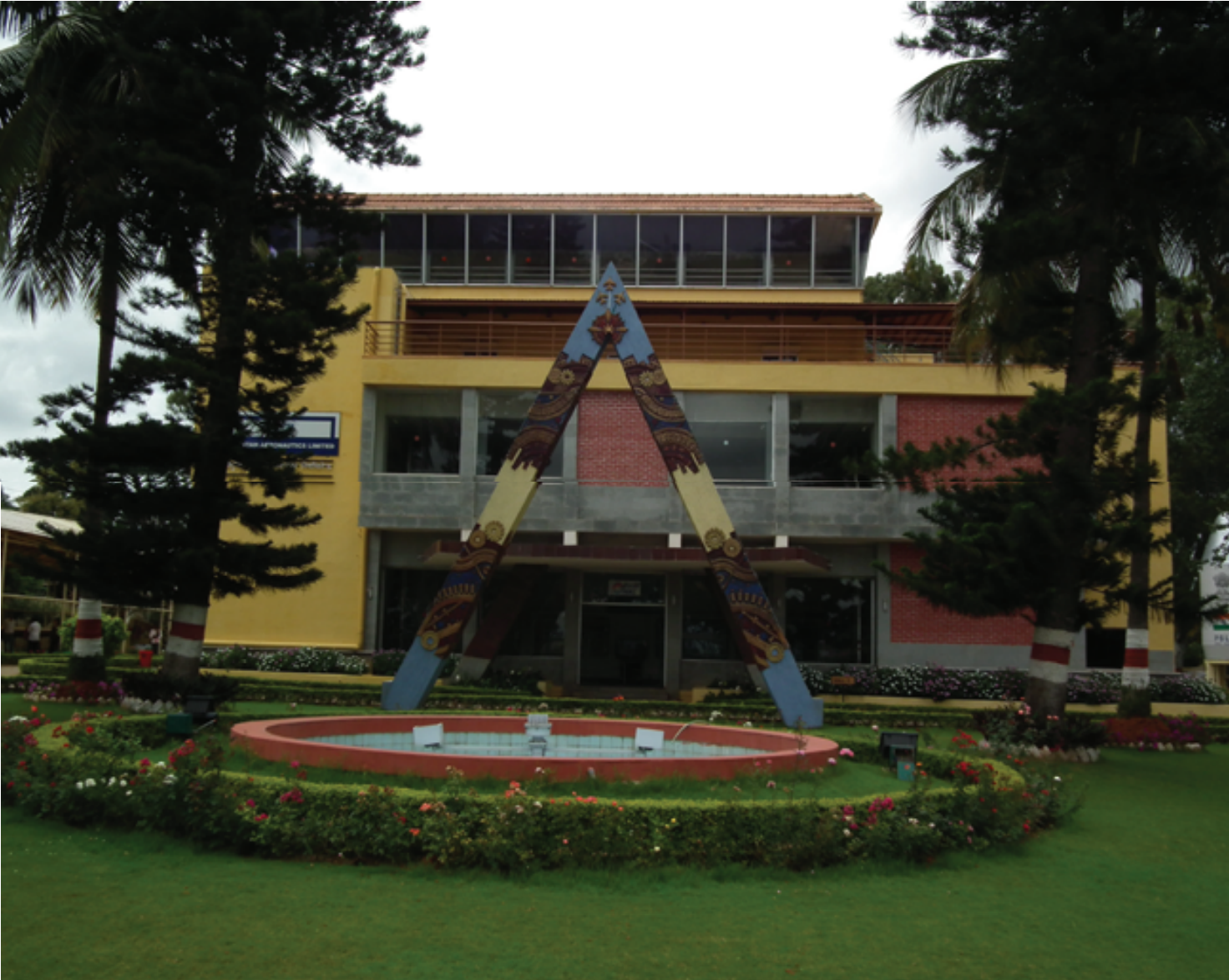
HAL aerospace
Bangalore has an intimate connection with aerospace. After all, Hindustan Aeronautics Limited (HAL), one of the oldest defense and aerospace public sector company had its headquarters here. HAL started out in 1940 with a different name — Hindustan Aircraft Limited and was set up in association with Mysore Kings and industrialist Walchand Hirachand to manufacture aircrafts.
During war times it acted as a centre for repairs of American aircrafts. In 1951 the control of the company was handed over to the Defense Ministry of the Indian government. In 1964 HAL and AIL (Aeronautics India Limited) joined hands to form Hindustan Aeronautics Limited, the HAL of today.
To showcase its growth and technological advancements in the aviation field, HAL set up the HAL Heritage Center and Aerospace museum in 2001 in the city on the old airport road. There are various models of aero engines that are used in aircrafts such as Jaguar and Kiran, aircraft displays of both vintage and modern, like Ajeet and Lakshya, radars and space models such as PSLV and its heat shield. It serves as an educational space for children teaching them the history of aerospace through charts and models. There is also a flight simulator to experience piloting of planes.
The museum has an entry fee of Rs 50 and is open throughout the year.
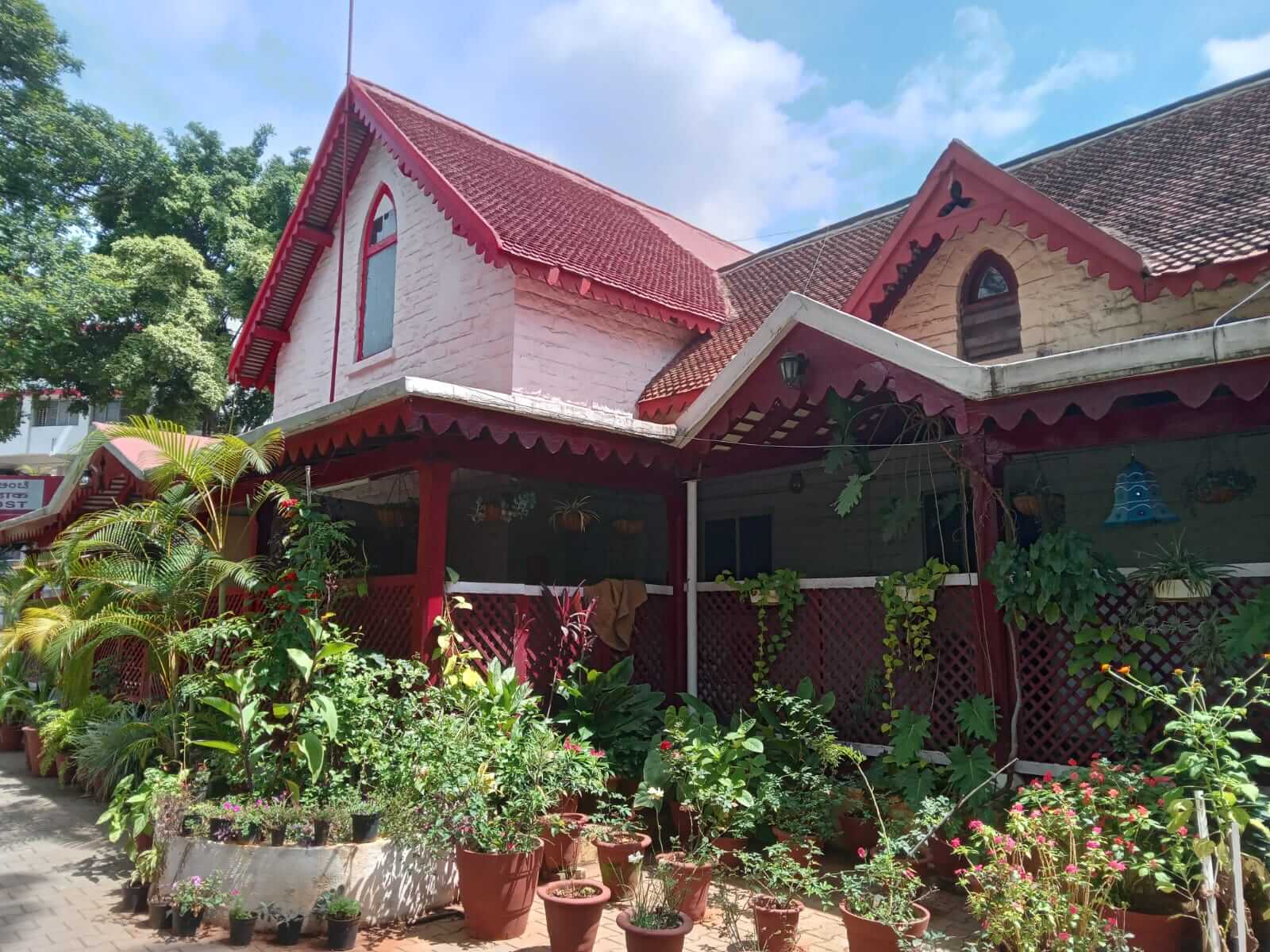
Sandesh Museum
Postal service in Karnataka was started by the Mysore kings. In the 18th century, during the reign of Chikkadevaraya Wodeyar, a postal department called the Bevina Chavadi was set up in the state. Back then the postal department also worked as espionage. The department was only meant for official dispatches. There were runners, mail carriers to carry the mail. In 1889 this department merged with the Imperial department and began to carry out services throughout the country.
The Sandesh Postal and Communication Museum in the city was started in 2019. It is a tribute to the postal department. It outlines the history of the post department in the country and its journey post Independence.
The museum focuses on the men and technology behind the department. Due homage is given to the mail runners; their uniforms, lanterns and leather belts well displayed. There are a number of technological instruments on display like the cash counting machine, fake note detection, barcode scanners, bomb detector, analog, digital typewriters, ammonia printers for creating blueprints and VSAT models to transfer money electronically.
There is also information about stamps here. On display are commemorative stamps, definitive stamps and collective stamps and also omnibus series. Some unique items to be checked out here include the Netaji Bose resignation letter of 1921 wherein he resigned from civil services and wished to join in the freedom struggle of the country.
The museum building itself is a heritage structure. It has had various avatars over the years; it served as a residence, then jail superintendent quarters, then museum, later bank and finally it came under the General Post Office. The museum has five rooms dedicated to the postal and communication department.
The museum is open on all days except Sundays. An entry fee of Rs 25 needs to be paid.
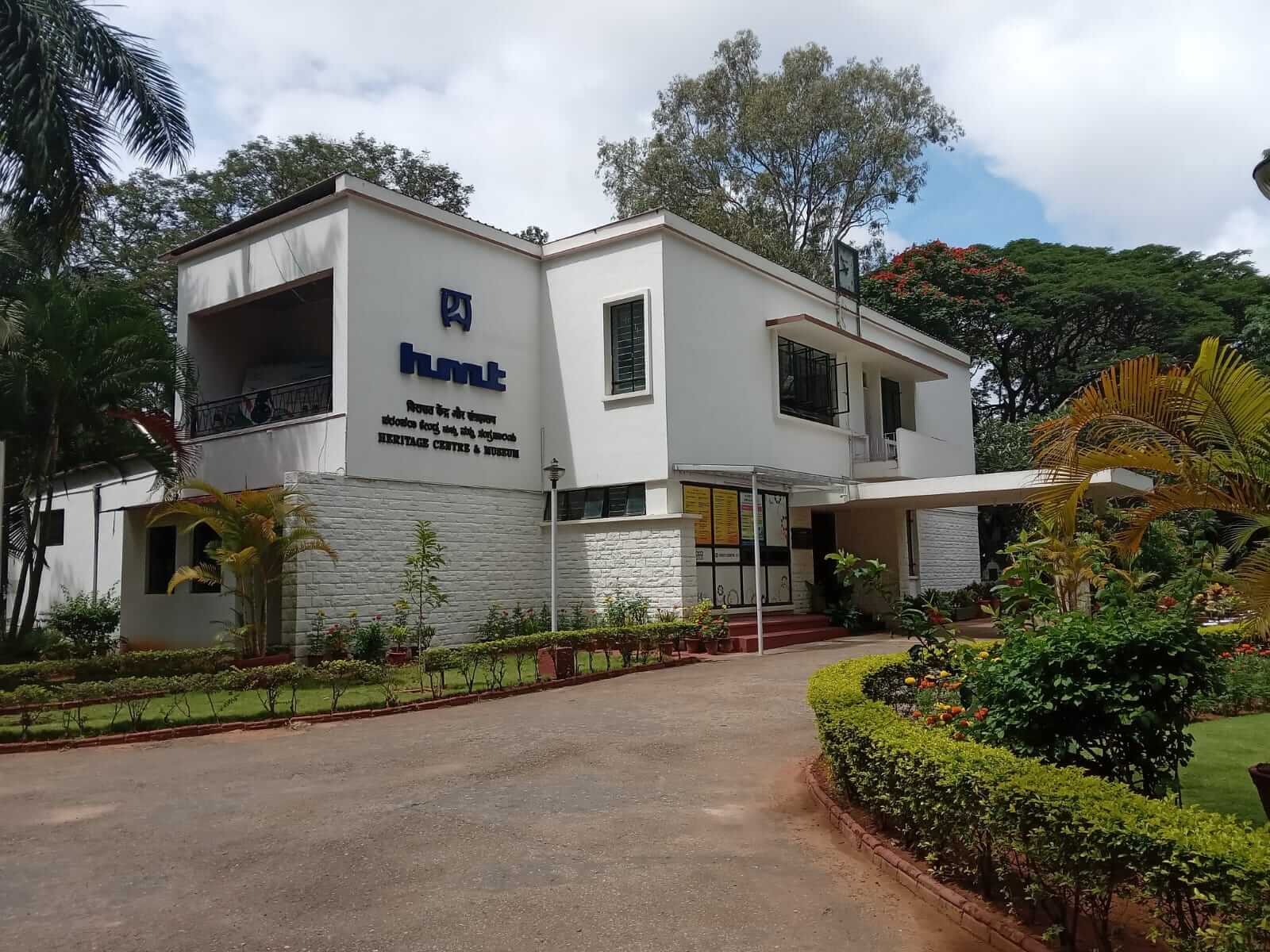
HMT Heritage Centre and Museum
Hindustan Machine Tools (HMT) started out in 1953 in Bangalore as a machine tool factory. Their motto was simple “To build mother machines, to build a modern industrial India.” What started out as a single company slowly grew and at the turn of 20th century had markets in 38 countries. HMT started out as a machine tool company but soon added a watch factory in 1961 in collaboration with Citizen Watch Company, Japan and forayed into tractors in 1971. It opened up machine tool factories in Pinjore, Kalamassary, Hyderabad etc., and also watch factories in Bangalore, Tumkur, Srinagar, etc. It celebrated its silver jubilee in 1978 and its golden jubilee in 2003.
The museum housed in HMT House, which was earlier the residence of HMT Chairman, opened in 2019. It occupies two floors. The ground floor gives information about HMT, then there is description about the watch manufacturing process, its various parts, the different tools used for manufacturing and testing the watches. Visitors get to see the how watches are assembled with minute care, learn about the evolution of different type of dials like coined, printed, screened etc., and view complex machines used in different stages of watch making be it the Technographe to check the torque of spring or Spirometric machines to cut hairspring etc.
There is also a display section that shows iconic watches of HMT from hand wound to automatic and then to quartz watch series, special watches like the gold biscuit watches, pilot watches , moon phase watches that display the current phases of the moon. There is also a Braille watch section. HMT heavy machinery like lathe machine, power press are also showcased in a room.
The first floor is dedicated for HMT machine tools, and tractors. The 4.17 acre green landscape surrounding the museum apart from housing a museum also has a souvenir shop, nursery, children’s park and a cafeteria. There are also tractor rides available for children.
The museum is open from 10 am to 6:30 pm and closed on Tuesdays. There is an entry fee of Rs 30 for adults.
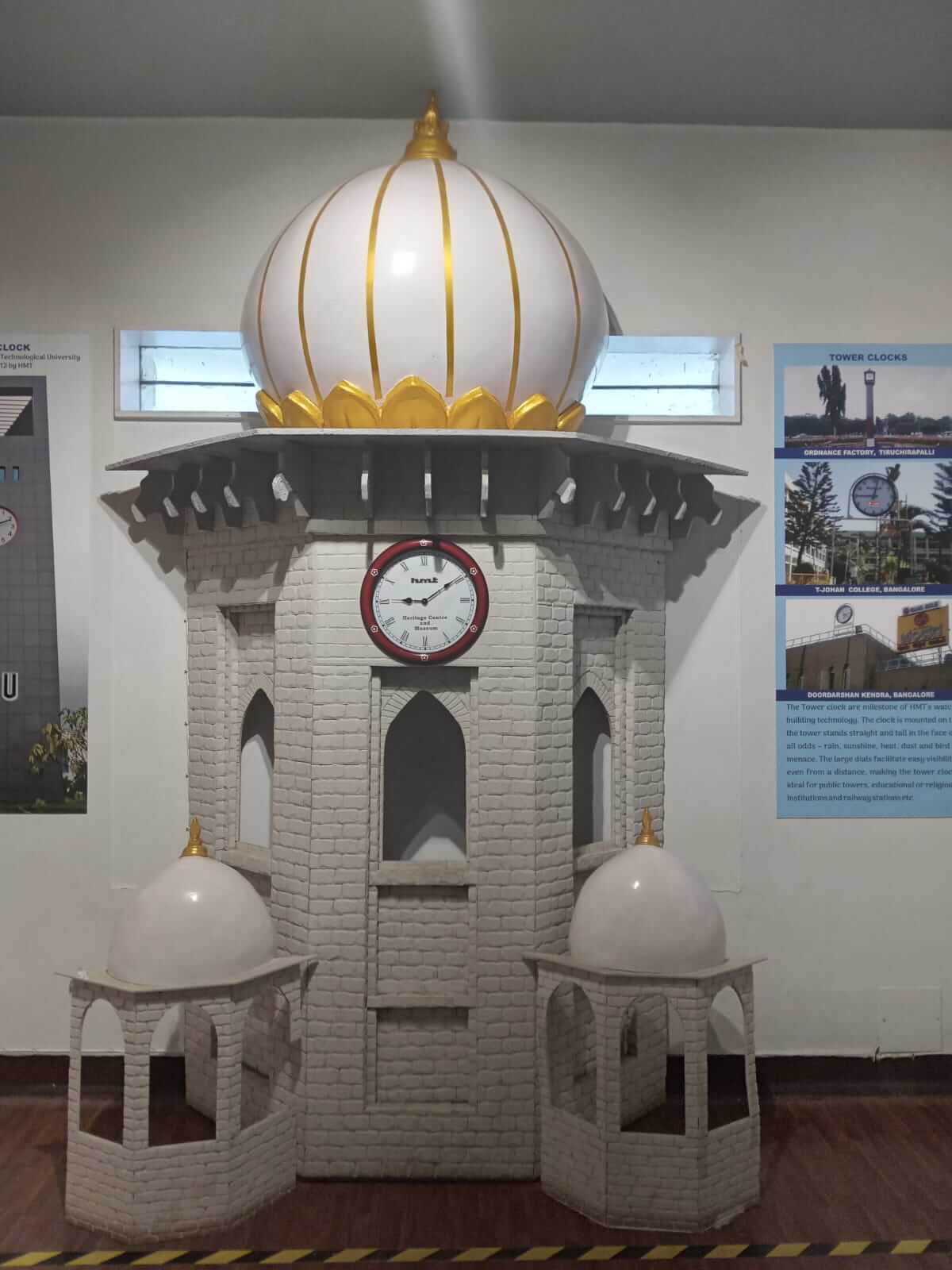
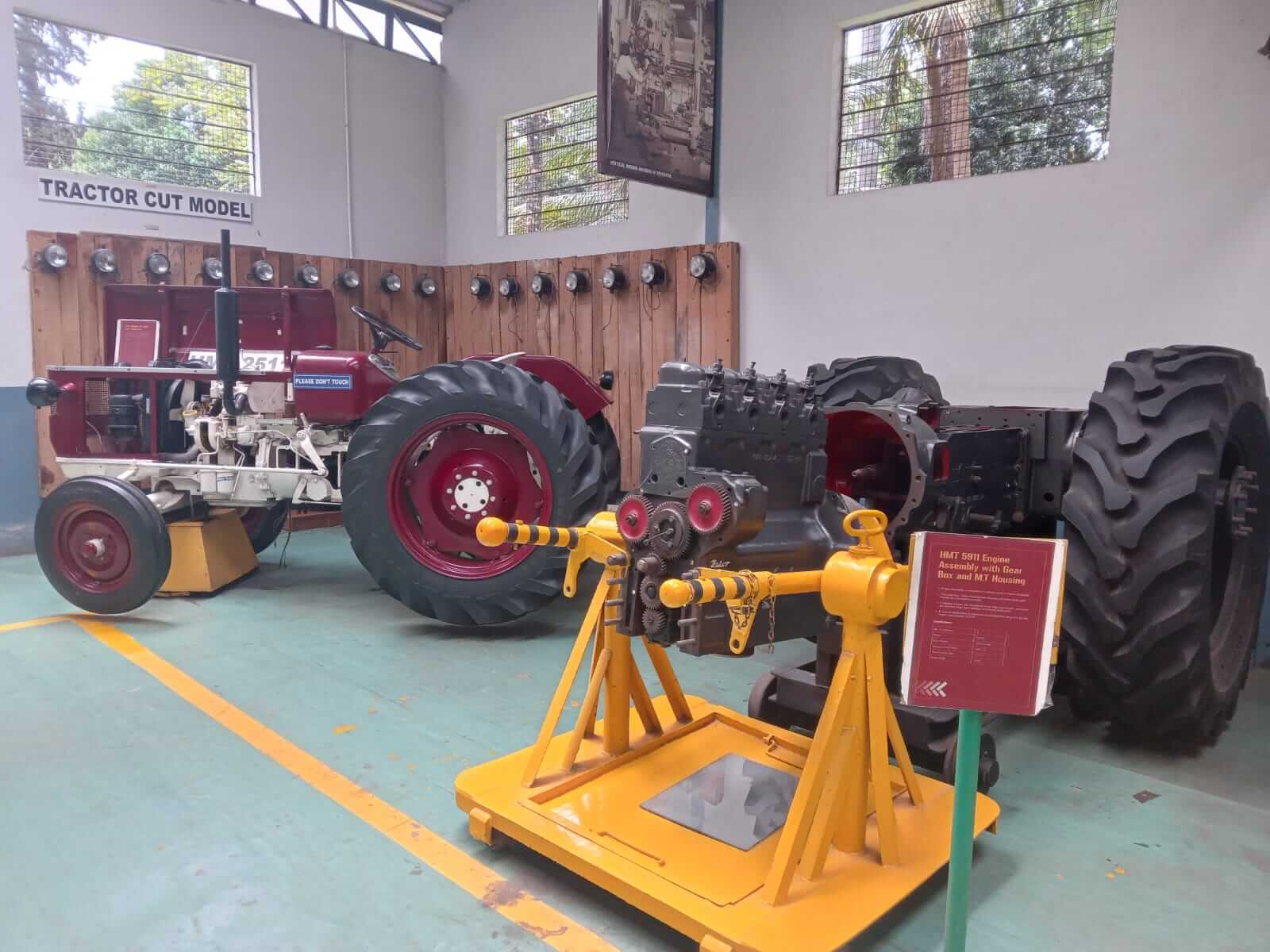
Museums are repositories of the past. They talk about a bygone era, the heritage and culture of the city. When a growing city like Bangalore is slowly losing its heritage structures and homes, it is these museums which are keeping the roots of the city alive. It may be educational for students, inspirational for artists, as museums are full of ideas and creativity and it may be a spiritual journey for people who are seeking the past. Museums in that sense are just like libraries that enrich our mind. As Jeanie Kahnke puts it “It’s not a museum. It’s not a place of artifacts; it’s a place of ideas.” So if you are a tourist or a localite, make some time to visit the city’s museums and learn from them.

